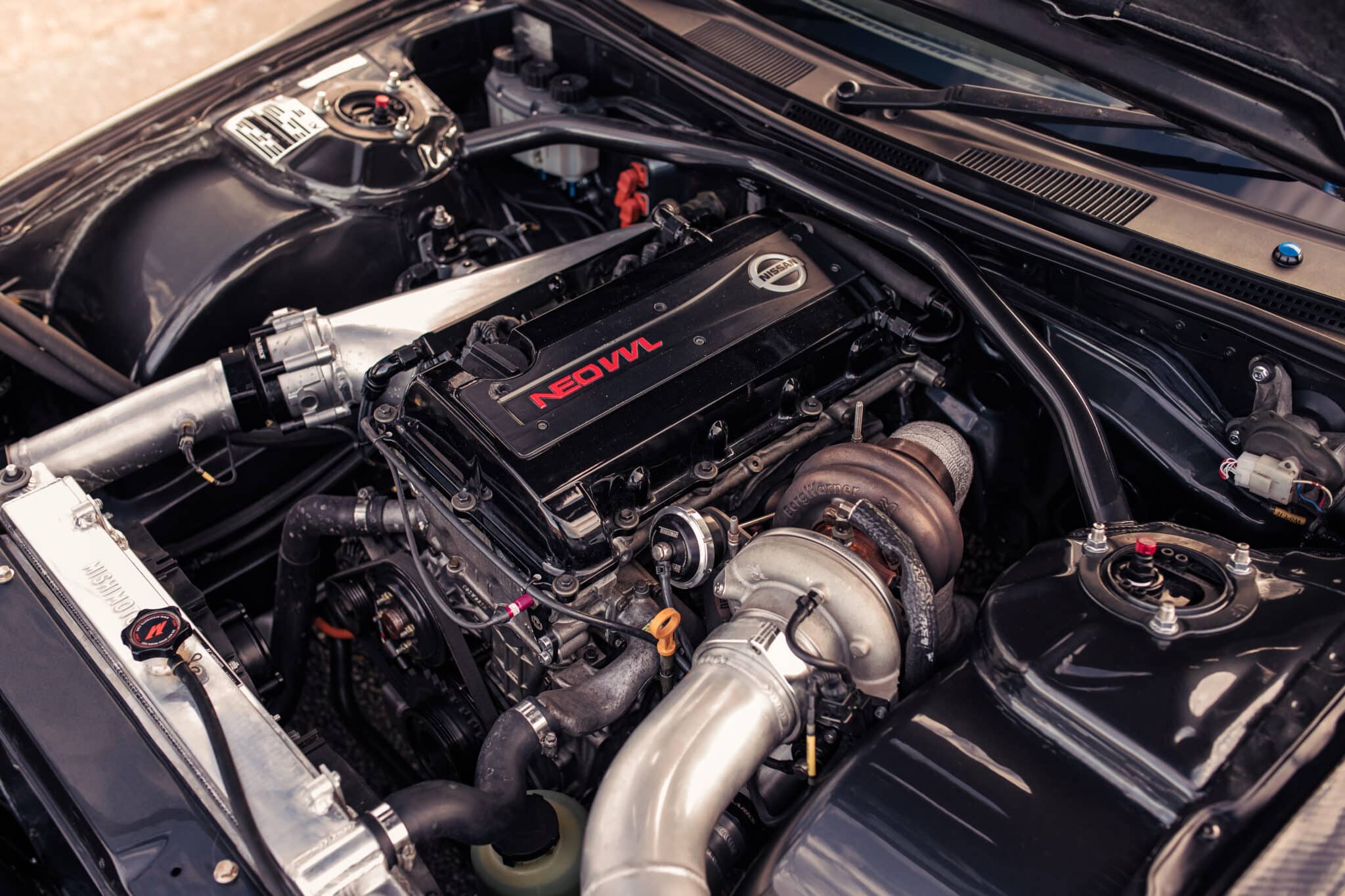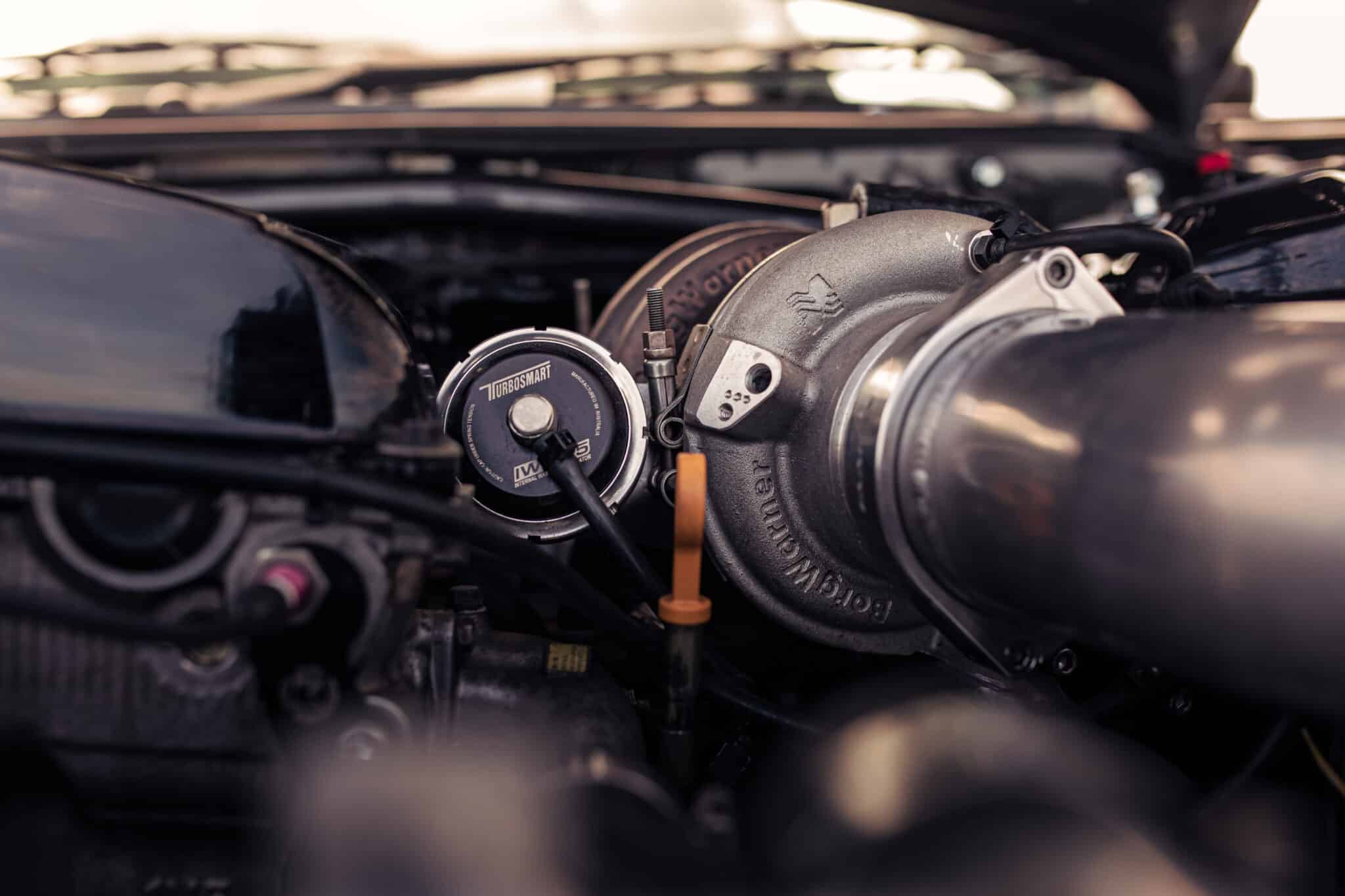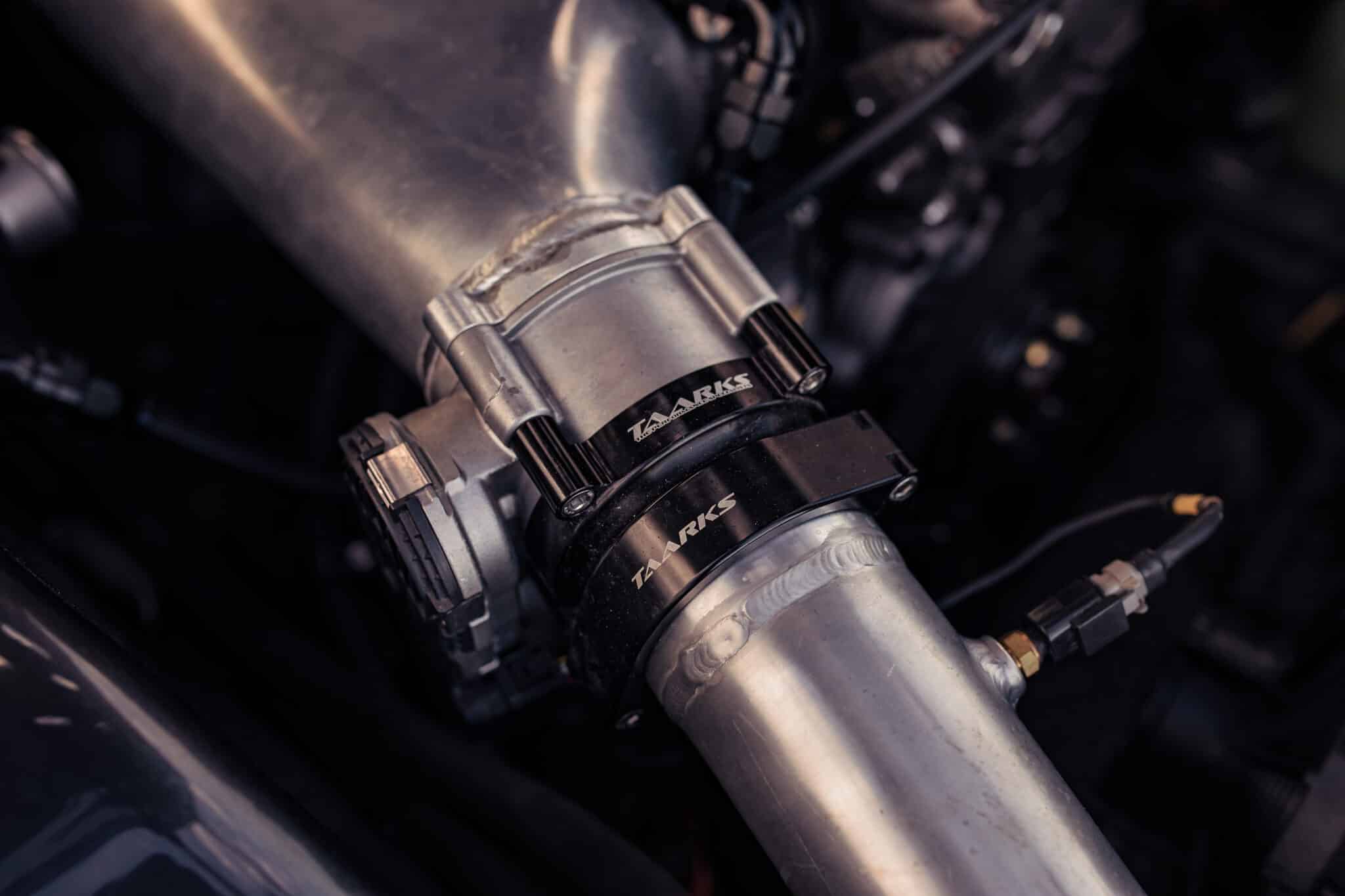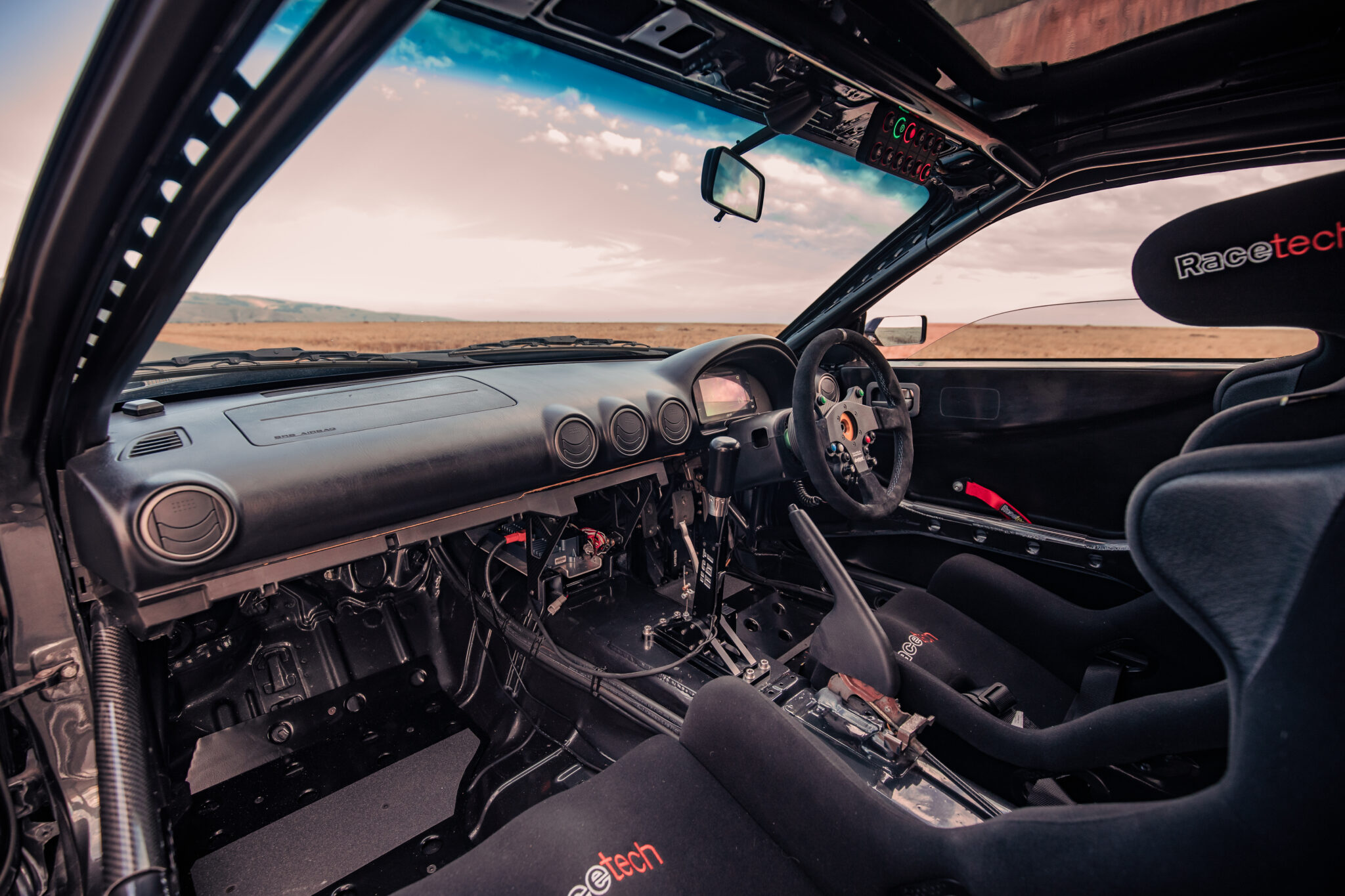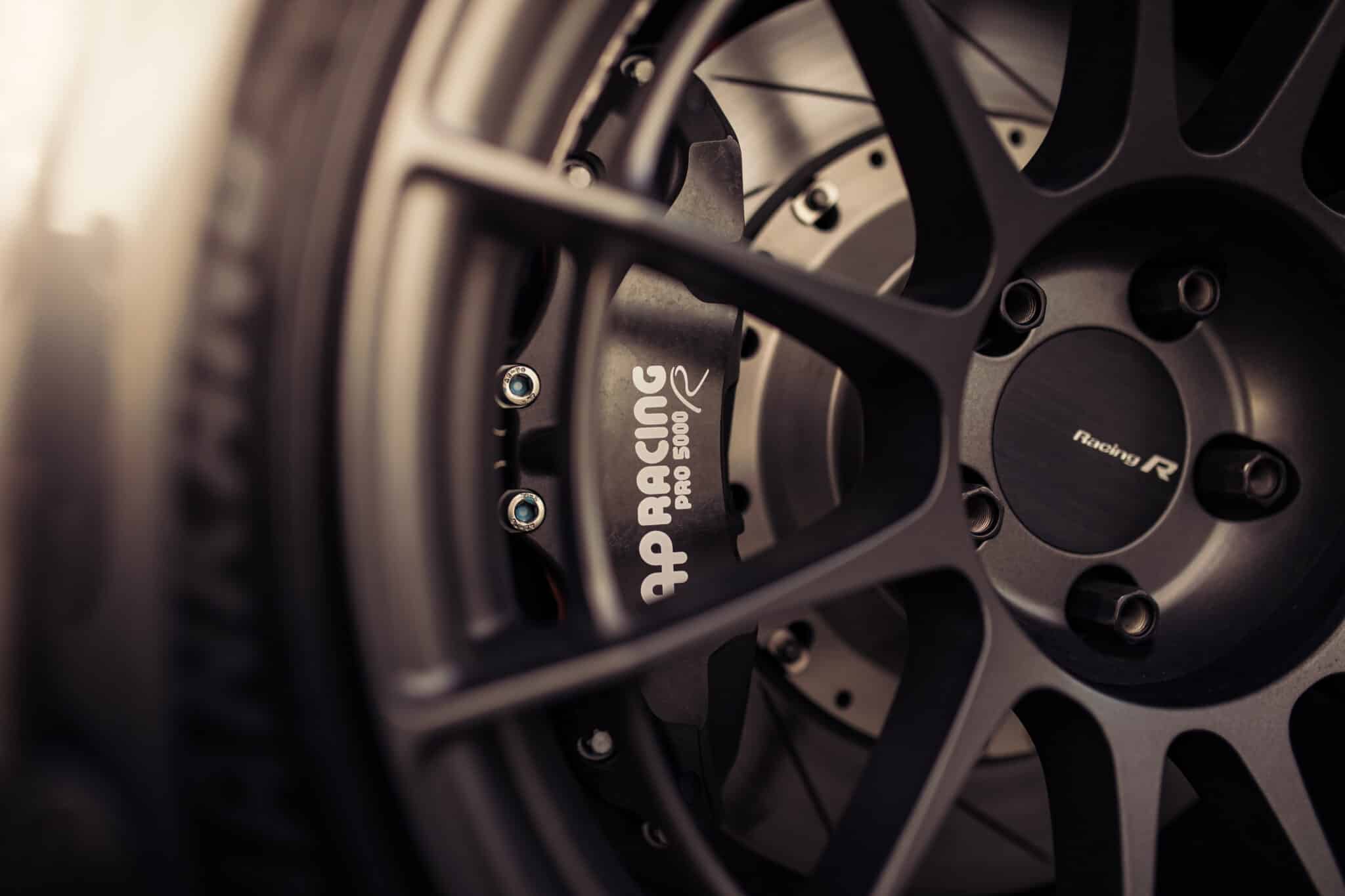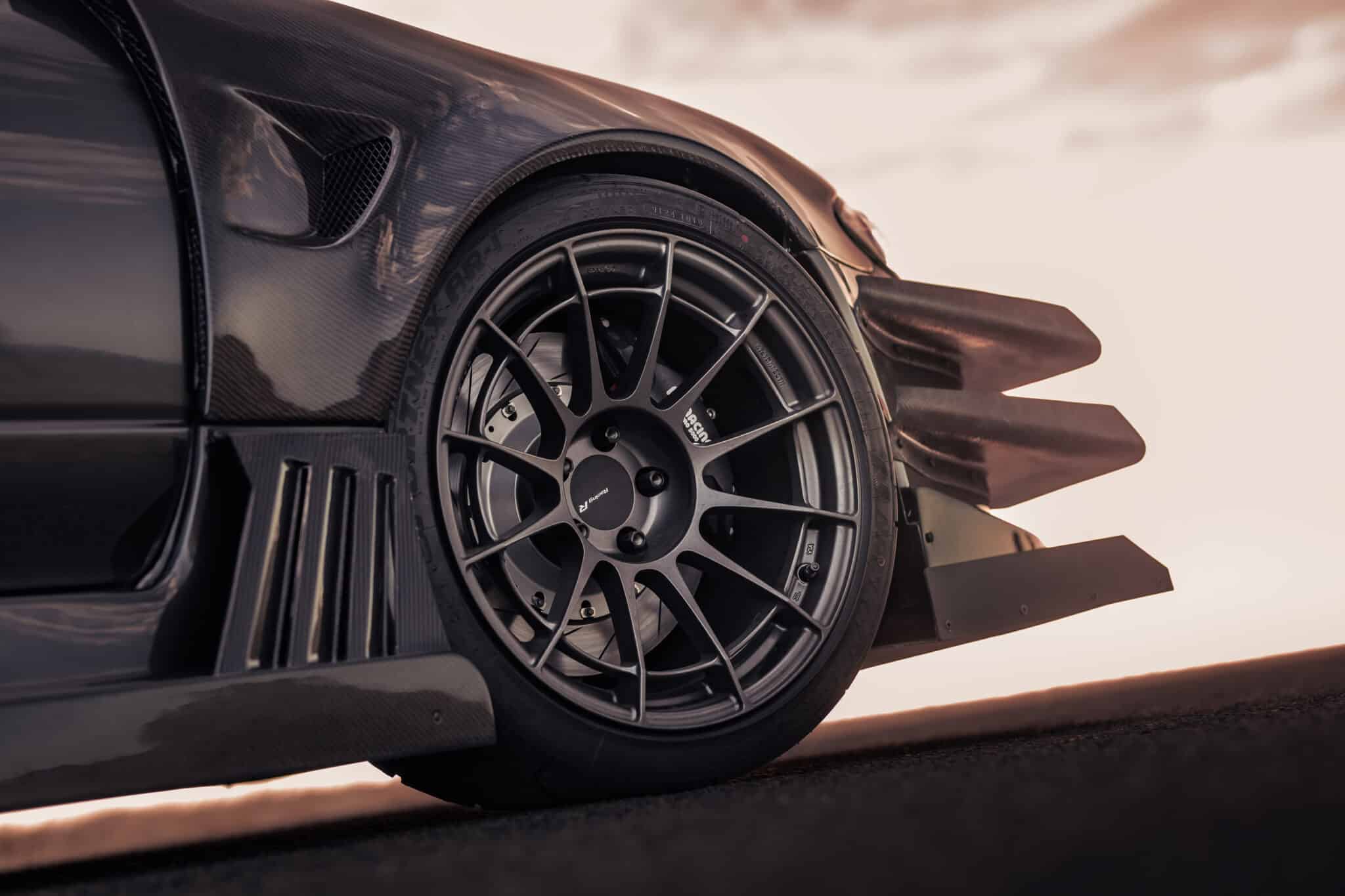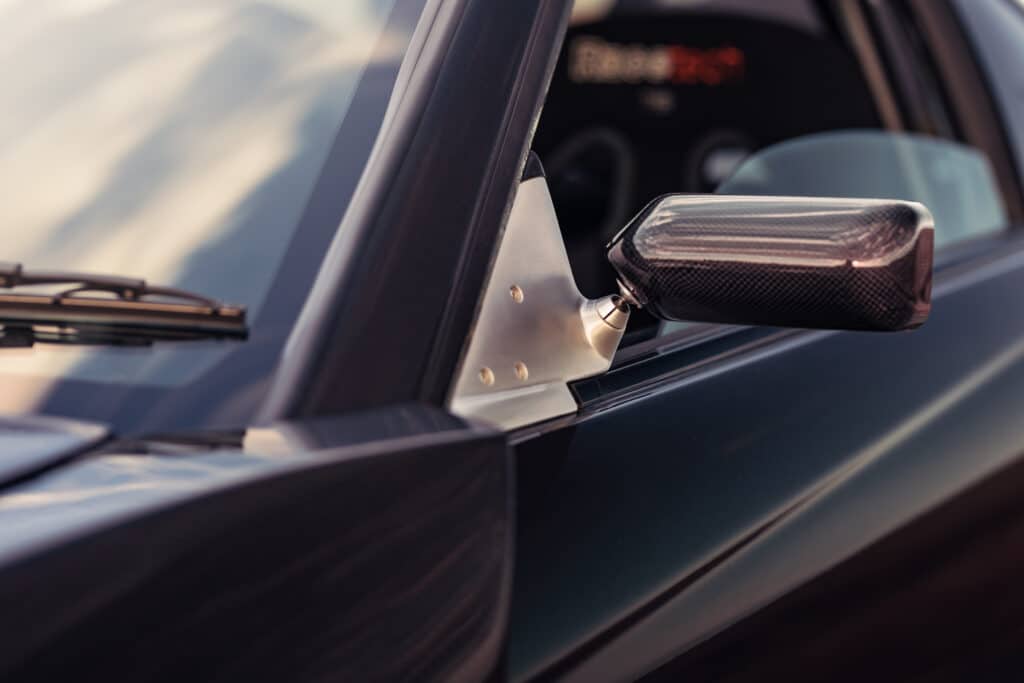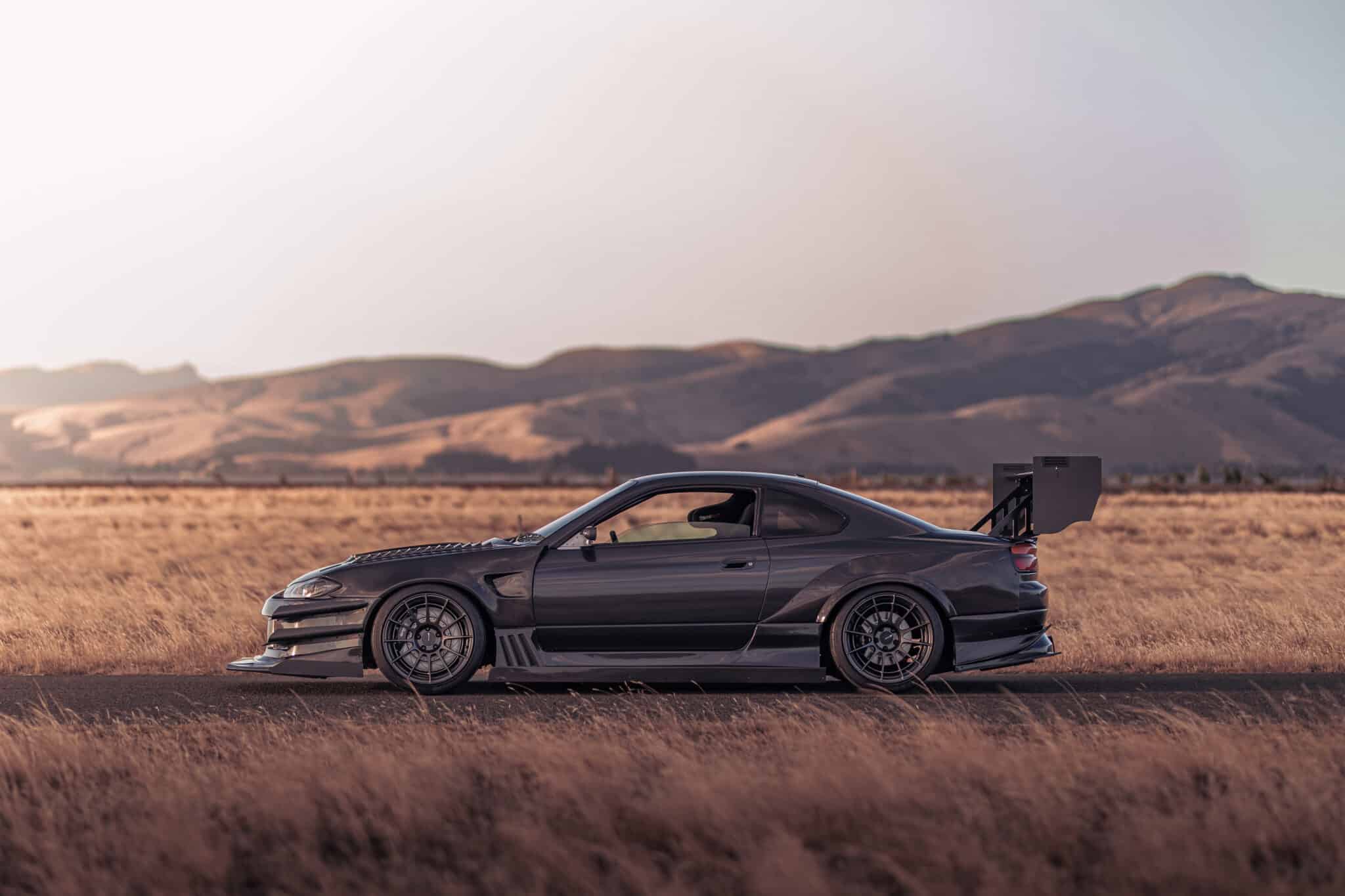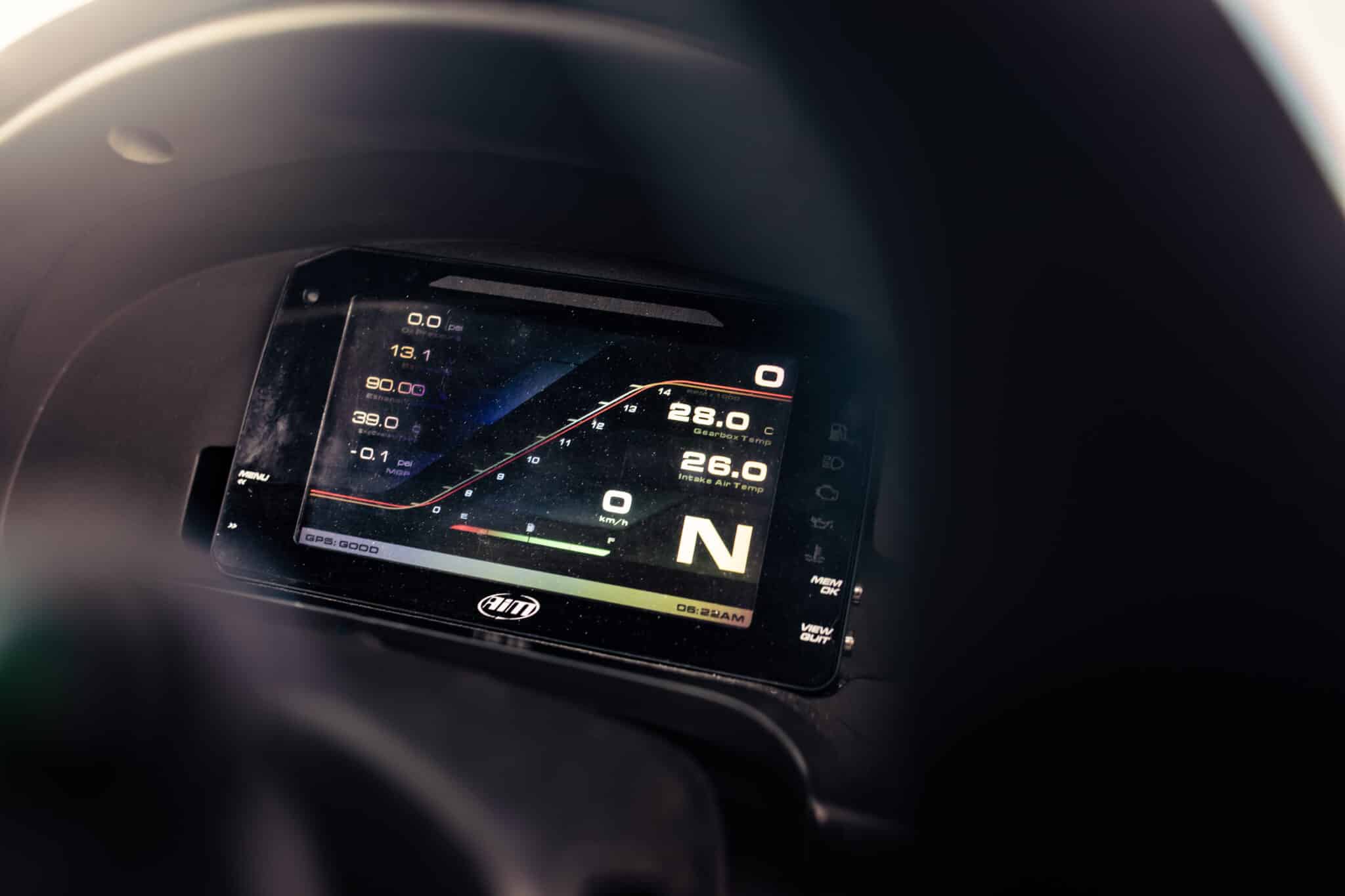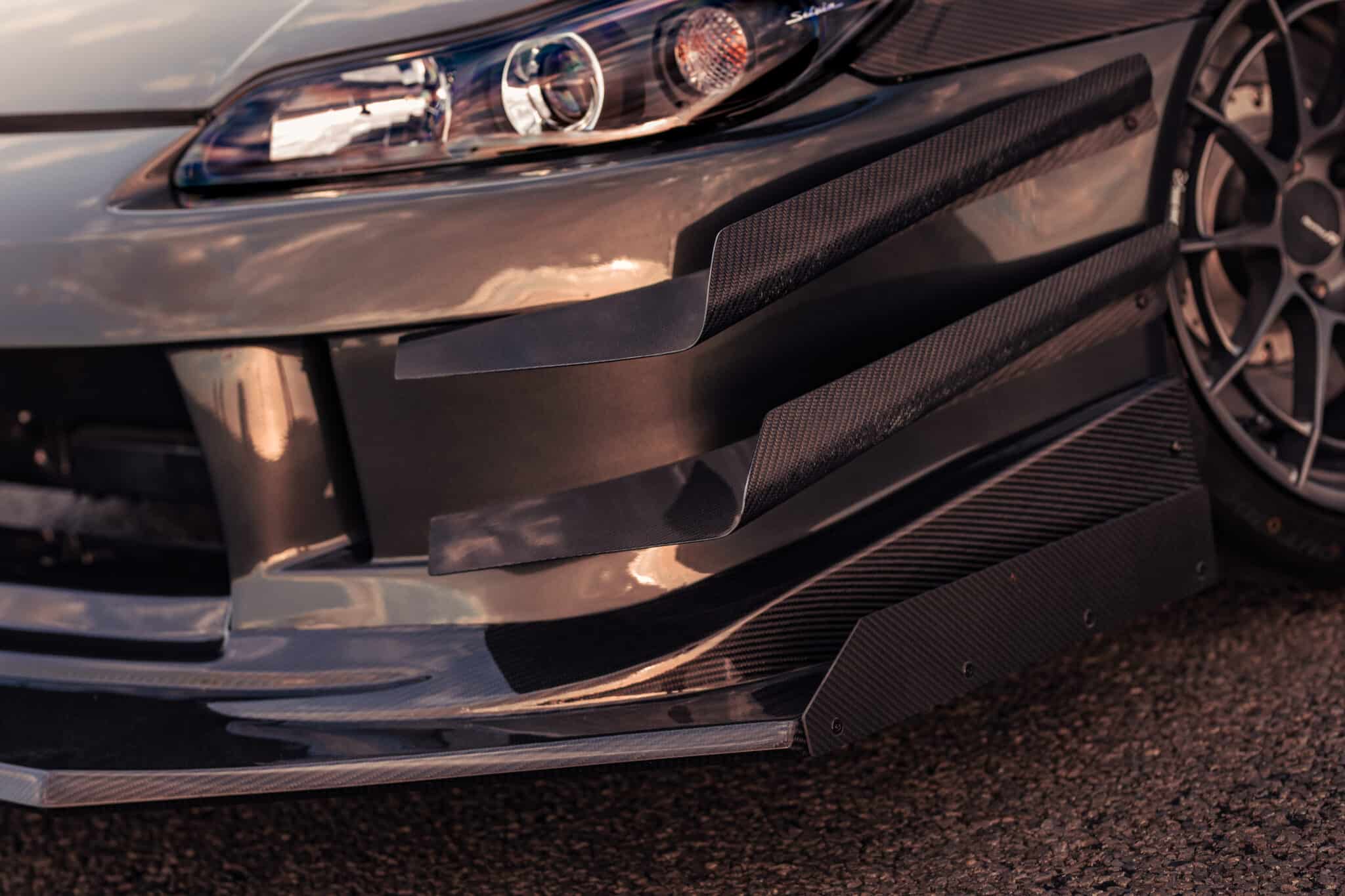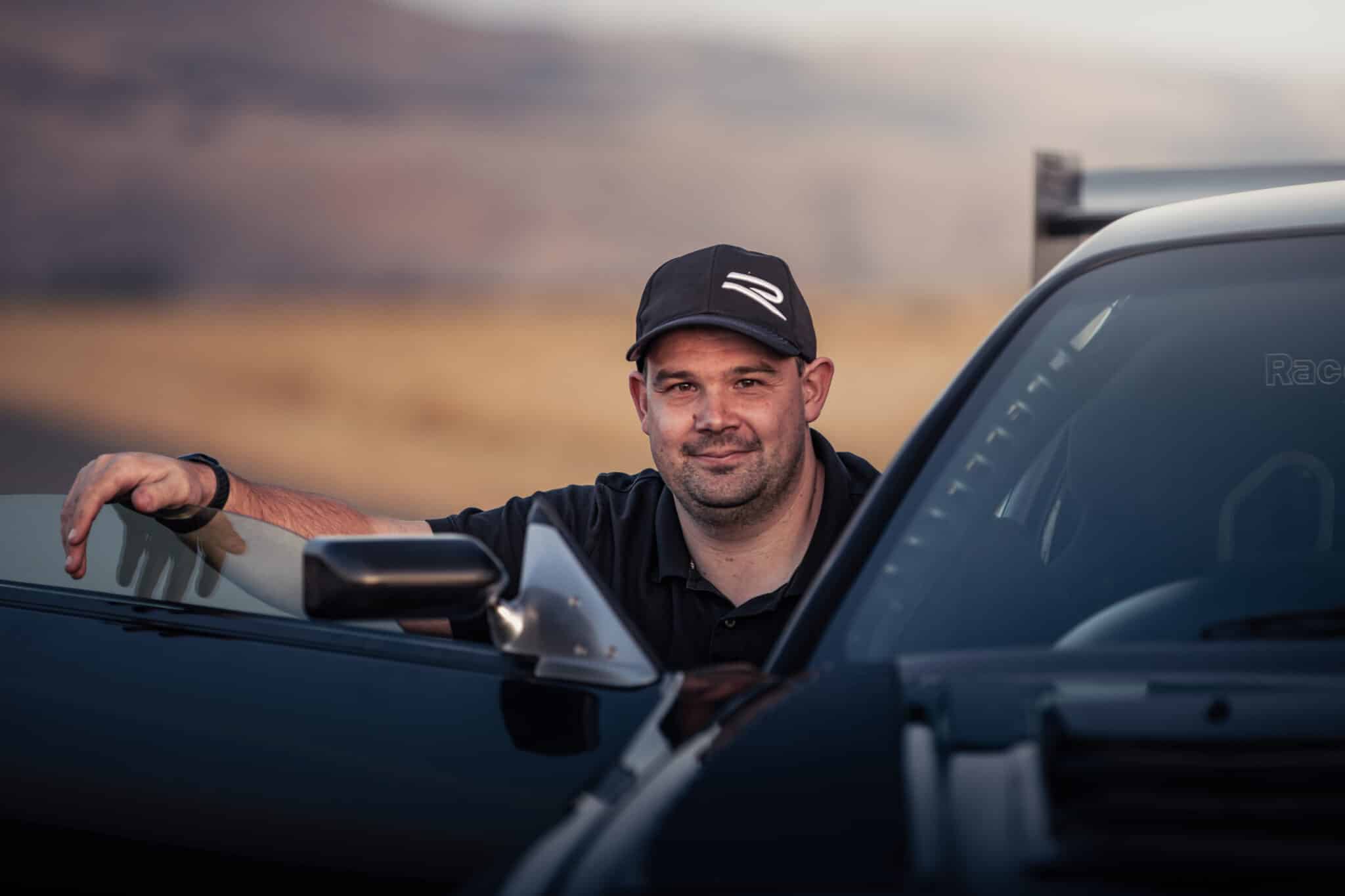Words and Photos: Richard Opie
If you were around somewhere near the end of summer in 1996, you were probably privy to having your eardrums assaulted by the earworm that was Mark Morrison’s big R&B hit, ‘Return of the Mack’.
Lyrically, Morrison assumed the protagonist role, rising from the ashes of a grubby break-up only to return stronger, with a heightened desirability to the opposite sex, and some might say more of an er, ‘mack daddy’ than ever before. I’d recommend checking that one out on urbandictionary.com, if you’re unfamiliar with the term.
Morrison, and his four-minutes of braggadocio were everywhere, the crooning UK ladies-man streaking to the peak of the pop charts. Despite the lyrical content, the track was critically praised for its production, gaining a reputation as a considered, balanced piece of music with one commentator calling it “a well tailored suit of sound.”
So… what the hell has a one-hit wonder 90s R&B star got to do with a sharp-edged, finely-honed 2001 Nissan Silvia, I hear you howl?
All things considered, Paul Titheridge’s extremely line-blurring S15 creation bears a few similarities to the Mark Morrison hit, albeit paying due to the misadventures of a past incarnation of the car. Yet, the S15 strikes a pretty spectacular sort of balance and displays a modicum of restraint, somewhat against the odds of that wild Garage Mak aero (yeah, I can hear the dad-joke groans now).
To understand Paul’s approach to the S15, it’s pretty crucial to understand his way of thinking. As with any thorough build — especially those that leave no aspect of the standard vehicle untouched — the result is inevitably a byproduct of an individual’s particular approach and idiosyncrasies. In Paul’s own words, his approach is, “incremental improvements of the breed, and trying to achieve a balanced result testing a theory and experimenting,” and it’s an ethos that’s played out throughout his entire car-modifying tenure.
Paul’s first foray into all things four-wheeled came courtesy of an ST202 Celica, perhaps not the most hard-nosed of performance options but one that allowed him to identify shortcomings, and put his talents into rectifying them.
Have you ever seen a ‘street’ Silvia with such serious rubber? The Enkei NT03-RR on Paul’s measure a massive 18x11-inches at both ends — a ridiculous grip-focused setup, coupled with the barely-legal Nankang AR1 DOT rated semi slicks
“I guess, being a teenager at school when you get a car, you almost get into it by default,” Paul explains, “my dad was a fitter-turner so I’d always had an interest in mechanical things. But, I’ve also always researched the shit out of anything I’m into, I tend to gain enough knowledge to probably be a little bit dangerous!”
It might’ve been a pretty humble beginning, but Paul cut his automotive teeth on improving audio bits and pieces — not necessarily chasing outright SPL, but ensuring the best quality sound he could envelop himself in, within the confines of his Celica. Headunits gave way to amps, which advanced to upgraded speakers, wiring, and things went “way too far,” before Paul would move on to more serious steeds, developing an appetite for performance.
Sticking with the Toyota theme, Paul would jump into a JZA80 Supra — albeit the non-turbo model — for a taste of the 2JZ legend. “That car taught me a lot, it’d rusted through a welch plug on the back of the block and overheated, although we didn’t know the reason at the time,” he explains. “We thought it was a simple blown head gasket, so I approached it like I usually do, and researched the hell out of how to fix it.”
Obviously, an extensive top-end rebuild didn’t fix the problem, but it did ensure Paul had a great grounding in getting his hands filthy, and delving into mechanicals, as well as deep diving into automotive wiring to sort out a few electrical issues the Supra had.
Performance desire came calling, but instead of boosting the Supra, Paul instead moved on to AWD turbo life, with a Version 6 WRX STi RA finding its way up his driveway.
“That was one of the most fun cars I’ve ever owned,” claims Paul, “with the DCCD it was a laugh in a paddock!”
With a bigger turbo and a few other tweaks it became even more fun, but Paul’s mind for detail kicked in and he decided that the WRX “gateway drug” needed to be moved on to accommodate a platform with a little more scope for easily increasing, and handling, more power.
Enter an Evo 6.5, which already had 300whp by the time Paul bought it. “I figured these were a step up, a stable platform, well built from the factory with great brakes, suspension and all that jazz. It was the defining point of my downward spiral into making things fast, I did a few trackdays in it and set some goals.”
s, ECU options, clutches and more. “The goal was 400hp,” laughs Paul, “NZPC had the ‘300kw Club’ stickers and I wanted that, but to also make it 25 percent more powerful and keep a balance.”
Many of us can probably relate to what happened next. Reflecting on the resources thrown at this accursed car hobby is a dangerous way of thinking, and Paul would relieve himself of the Evo — by then a well sorted car — with somewhat of an epiphany, “why am I pouring so much time and money into these, maybe I’m done with this?”
Paul’s dream machine is a 911 GT3, so it’s fitting that a couple of Porsche-referenced cues adorn the S15. The first, is the Volcano Grey Metallic, a Porsche colour chosen to set the S15 apart from the ‘Silver Shark’ inspiration from Garage Mak’s homeland. The second, a massive wing element lifted from a GT3 Cup car!
“Of course, I researched how to do that for him, and while I was doing this I came across a swap not many people were doing at the time,” says Paul.
That swap happened to be the SR20VE head, atop an SR20 block, with boost added into the mix. The VE head of course, providing variable valve timing with the best port design available in the SR-family, but in Paul’s words “I thought this was f**king cool, it appealed to my mechanical intrigue, an SR with VTEC kind of thing!”
It wasn’t in the budget for the 180SX Paul was lending a hand with, so the idea was parked in the back of his mind.
“I can’t really remember why it happened, but the Silvia story starts with buying a turbo, before I even owned the car,” Paul admits.
That turbo in question can still be found slung off the side of the S15’s head, in this instance a Borg Warner EFR7670, and another byproduct of Paul’s thirst for. “PRI announced the release of these turbos, which seemed to be the best thing ever created, and I decided I wanted one even though I didn’t know what I was going to do with it.” smiles Paul, “so I ordered one from the States and then all of a sudden I’ve got the coolest turbo I’ve ever seen sitting in front of me.”
While it might seem a case of ‘buy the shiny things,’ there was in fact a method to Paul’s madness. That SR20VET idea had never left his mind and, with it, were some specific goals.
“The idea really started through a range of goals, I’d done the 400hp thing with the Evo, so really the next was 500hp — and how was I going to achieve this,” he mentions of buying the turbo, “and I’d originally looked at buying a smaller one, but the data checked out on this 7670 version for me to hit, and exceed those goals.”
Still without a car, Paul bought an engine, then started accumulating all the bits to piece an engine together. The VE-swap was still uncommon even at this stage in the timeline, and not really done at all on Kiwi shores.
“Once I figured out what chassis I wanted to put this engine in, I found an S15 Spec R in Northland, and bought it,” he explains. In its coat of stock grey paint, on a set of nice wheels the Silvia presented a fairly standard sort of aesthetic.
“I pretty much built up the engine, and threw it in the car,” Paul explains, although it sort of downplays just how serious the engine build is.
It’s a bit of a no-stone unturned build, with a bottom end crammed full of the good stuff like Carillo H-beam rods, custom CP pistons to suit the VE head swap in the pursuit of reliability. Up the top, the SR20VE head retains its free-flowing OEM ports, augmented with Kelford 184-ST cams and associated valvetrain which is kept in tune with Kelford cam pulleys.
Sinco got the job of piecing together the custom twin scroll stainless steel manifold, with Paul sending up his almost unobtanium turbo to the team in Hamilton to develop a well-packaged arrangement for the behemoth huffer. The Waikato workshop also got the job of sorting out an intake manifold for the VE head, topped with an 82mm Bosch drive by wire throttle body, another product of Paul’s meticulous attention to mechanical detail.
Bunged into the S15, the factory five-speed didn’t last with over 400kW on tap coupled with a twin-plate clutch, and an extended period of time off the road commenced.
Aggressive is an understatement. The Garage Mak aero exudes purpose, from the sharp splitter and front canards, all the way back to the Type 5 rear bumper and diffuser. It’s also quality, the hand-made Japanese craftsmanship ensuring the fitment is on point, matching the factory S15 bodylines
Eventually, a 350Z six-speed would find its way into the car, capable of handing the mumbo produced by the SR20VET, with a few minor issues being ironed out along the way, although nothing catastrophic presented itself.
The transformation into its current day form though, would come courtesy of a bit of a ‘whoopsie’ at a Chrome Expression Session event at Ruapuna. The TL;DR version involves an early morning track with a film of dew, cold tyres, the aforementioned 400-plus kW and a bit of a trigger happy right foot.
The unfortunate byproduct saw the Silvia develop a close relationship with the pit straight wall, making a bit of a meal of the front end, although not a hit heavy enough to structurally damage the Silvia, meaning it could live on.
Paul didn’t dwell on things for too long, hooking into the strip down the very next morning, making note of what was damaged and what needed fixing. But again, things took a turn, thanks to — you guessed it — a bit of research. “I had to buy a new bumper, new guards and a new bonnet, and I couldn’t quite bring myself to do it,” explains Paul.
The Garage Mak ‘Silver Shark’ customer S15 from Japan was making waves on the internet around this time, pulling in the clicks thanks to its aggressive time-attack spec styling and bespoke body kit. “That’s where the inspiration for this build as it sits, really comes from, I loved the presence of that car but I still wanted to put my own spin on it,” he mentions.
Matt Southon, responsible for the paint on the car, talked Paul round into painting it Porsche Volcano metallic, a fitting choice given Paul’s admiration, and aspiration for the German marque.
Owing to the extreme appearance of the Garage Mak aero, the call was made for more of a track focus. Simon from Surfab fabricated the full roll cage with integrated strut bracing, as well as the wide front tubs to accommodate fat front rubber. Essentially, it was the creation of a solid platform, awaiting the Garage Mak gear from Japan, itself a bit of a mission to acquire.
Like most smaller Japanese operations, Garage Mak wasn’t the easiest to communicate with from a non-Japanese speaking, offshore location. Jesse Streeter would become instrumental in acquiring the swathes of high-quality fibreglass and carbon-fibre parts, becoming the comms middle-man between Paul and Garage Mak.
Those intricately moulded fenders are somewhat bespoke, for example. The ‘Silver Shark’ featured units weren’t strictly available as a regular product line, but Paul wanted them — despite the massive lead times and hefty premium assigned to the parts.
The time and money is justified. In the flesh, the carbon weave of Garage Mak parts is impeccable, and the clear coated finish is deep and glossy. It’s wild but somehow cohesive, with the lines and strakes of the Garage Mak design screaming purpose, and it’s hard to imagine the Silvia at home anywhere else but hitting an apex hard, the outside set of MCA Reds hard under compression and the car ready to leap to the next braking zone.
That massive wing is Kiwi born and bred, with a custom built mount supporting a Porsche GT3 element, flanked by custom made end plates. It’s the cherry on the top of an impressive package, with the Enkei NT03-RR wheels measuring an equally aggressive 18×11-inches at both ends, a stout square setup wearing sticky Nankang AR-1 tyres — a killer combo supplied by YHI Automotive.
It’s still a fresh build, sweeping a bunch of trophies at the South Island 4&R Champs, and seeing a little bit of track time at the latest iteration of Chrome. “I still sort of want it to be a street car,” laughs Paul, “I’ve always loved that ‘race car on the street’ kind of feel.”
It does still wear a set of plates, and inside it’s strictly business, with the whine from the TTI sequential and the hug of the Racetech buckets more of a firm nod towards its track intent. But above all, it’s a question of balance. A wild, highly strung two-litre SR20VET slung between the struts, combined with Japanese-styled time attack madness on the outside.
It’s balanced but not as we know it, an S15 that’s come back from a messy incident to sit squarely at the top of the S-chassis Pops, testament to an inquisitive mindset and dedication scrutinising decisions before putting them into action.
_________________________________________________________________________________________________
This article originally appeared in New Zealand Performance Car issue 302






